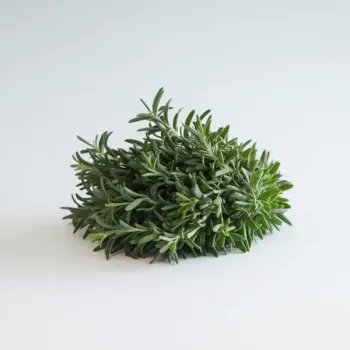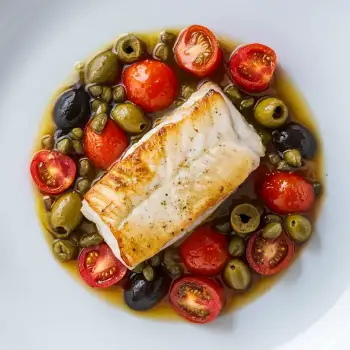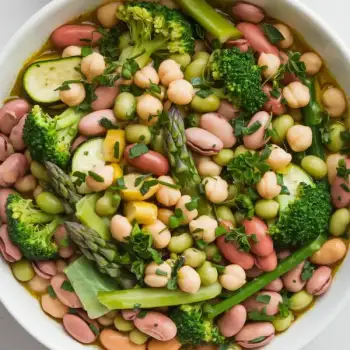


Dried
Marjoram leaves that have been dehydrated, which concentrates the flavor, making it more potent than fresh. Ideal for longer cooking processes.
Fresh
Marjoram leaves picked fresh from the plant, offering the most intense flavor and aroma, suitable for use in a variety of dishes.
Ground
Dried marjoram leaves that have been ground into a fine powder, convenient for quick addition to recipes and for creating spice blends.




dried marjoram: McCormick
ground marjoram: Simply Organic

Baking: Marjoram can be incorporated into bread doughs or savory pastries. When baked, it imparts a mild, aromatic quality to the baked goods, complementing other flavors without dominating.
Infusing: Marjoram can be infused into oils or vinegars to capture its flavor in a more subtle form. This technique is ideal for dressings or to finish off a dish with a hint of marjoram without overpowering other ingredients.
Finishing: Fresh marjoram leaves are often used as a finishing touch, sprinkled over dishes like soups, salads, or pizzas after cooking. This method ensures the delicate flavor of the herb is preserved and can be fully appreciated.













